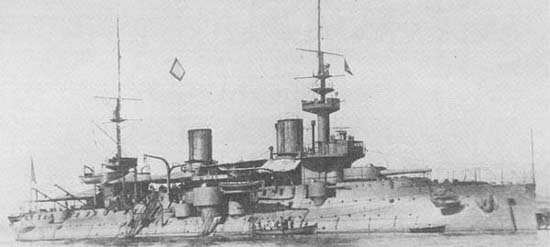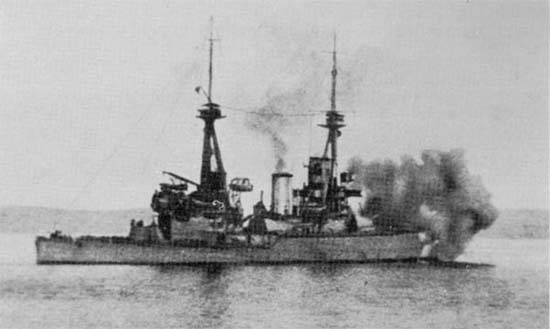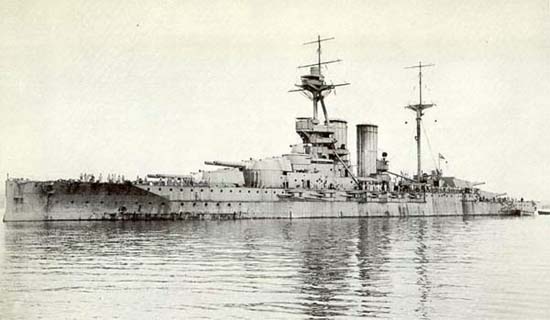Gallipoli had its roots in strategic failure. By the end of 1914 trench warfare had spread along the line in the west. In the east Turkey had aligned itself with the Central Powers and Russia , Britain and France's main ally, was looking increasingly vulnerable.
Early in January 1915 matters came to a head when Russia asked for help in its fight against the Turks in the Caucasus. Britain and France began a naval campaign to break open the Dardanelles, the narrow strip of water that led from the Mediterranean into the Sea of Marmara and divided European from Asiatic Turkey. The ultimate aim was to knock the Turks out of the war by threatening their capital, Constantinople. When the most concerted attempt to smash the central defences of the Dardanelles failed on 18 March, a military force was assembled and plans were made to capture the shoreline of the Gallipoli Peninsula and so allow the naval campaign to be resumed.
The first landings on 25 April were made by British and French troops around Cape Helles and by Australian and New Zealanders to the north of Gaba Tepe. Although impressive in what they did manage to achieve, both nevertheless also failed to make headway and the crucial Kilid Bahr Plateau, which dominated the Dardanelles shoreline, remained unthreatened.
Quickly contained in narrow, poorly sited positions at Helles and the newly termed Anzac, all attempts to move forward were soundly defeated by the determined, well motivated Turkish defenders. A stalemate, such as the campaign had been intended to avoid, spread across the Peninsula and the frustrations of trench warfare were soon made worse by widespread sickness, monotonous food, trying weather and putrefying corpses.
In May tentative plans were drawn up for a fresh attempt to break out of the Anzac position onto the high ground to the north which climbed up the precipitous Sari Bair Ridge. When more British troops were made available the following month a new landing at Suvla Bay was added to the plan to support the northern flank of the Anzac attack. Both assaults began on the night of 6 August but rapidly disintegrated and within a week the initiative had been lost.
With few options remaining but to dig in for a difficult winter, in October the British government began to consider the need for evacuation. After several weeks of debate and delay, Anzac and Suvla were finally relinquished on 19 December, with Helles following suit on 9 January 1916. 46,000 allied troops had been killed during the fighting on land from a total of 250,000 casualties. The Turkish forces suffered losses which were possibly even greater.
Nigel Steel (IWM)
I recently watched a programme about Gallipoli on the History channel, my opinion they did not have the trained troops to attempt this campaign. I don't think the Allies had ever planed for the scenario that they found them selves in. They never had enough supplies to keep them supplied. And I think they might of underestimated the Turkish soldiers. I think I am right when I say this was there first beach landing attempted buy any modern army and from what I head they planed the landing's in about 5 weeks. I think that a landing like Gallipoli should have been given allot more time.







